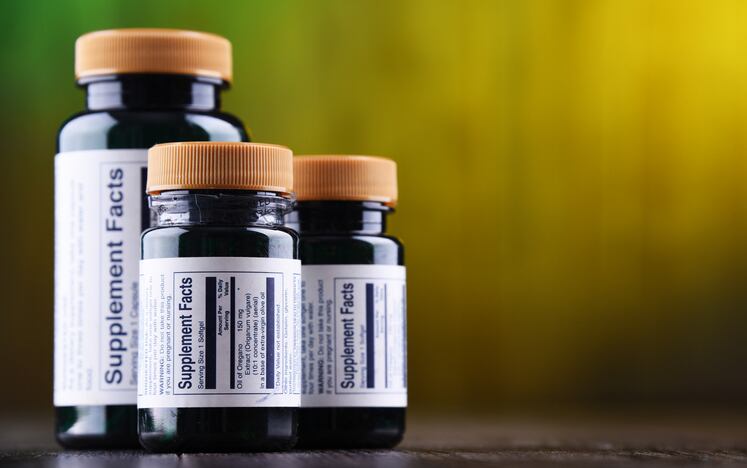The Supplement OWL was launched in 2017 to provide a repository of information about what supplement products are on the market in the United States. Estimates of the number of supplements currently for sale range from about 50,000 on the low end to more than 80,000, but no one really knows for sure.
Critics cite lack of central portal for product data
Industry critics such as doctors in poison control centers have often criticized the industry for the lack of any centralized portal where information about products could be obtained. The Supplement OWL, which captures the information on product labels, was launched to try to address that need. Entering products into the database has become a requirement for CRN membership.
But the database has not been seen as easy or inexpensive to use, which may have restricted its growth, especially for companies that are not CRN members. Luke Huber, ND, CRN’s vice president of scientific & regulatory affairs, said CRN took in that criticism and has acted on it.
“The big change is that we put the control of the product information into the hands of the companies themselves. Before we had them fill out a form and had them send it over. Then it took some time to enter that data, review the entry and make any necessary changes,” Huber told NutraIngredients-USA.
“We’ve turned it into a self service portal where the data can be entered in real time,” he said.
Other important changes included installing a cloning function, where a brand holder could easily copy information from one product listing to another. This could be helpful in cases where there might be many line extensions of a formula that share many characteristics, such as variations on a base multivitamin theme. Another change allows a brand holder to authorize a copacker or supplier to enter product data into the label database. And CRN has made some training resources available to show how to best use the database.
OWL captures more of market than raw numbers might indicate
Huber said the Supplement OWL now includes information on about 9,000 individual labels, he said. Huber said the database is growing rapidly and the new changes are likely to accelerate that growth.
While 9,000 labels might seem small in proportion to the overall market size, whether that’s 50,000 or 80,000 or more, Huber said it includes many of the top selling products from some of the largest companies in the industry. So in terms of overall sales, the database captures more of the market than the raw numbers might indicate, he said.
Nevertheless, Huber said CRN is aware that more needs to be done, which is why the organization has advocated that a mandatory product listing requirement be added to federal law. Huber said the OWL could form a ready made framework for such a listing.
“That is something that we have been thinking about as we put the OWL together. We have key information in there that could go straight into a mandatory product listing,” he said.




